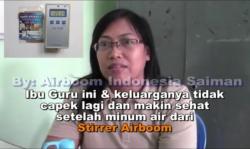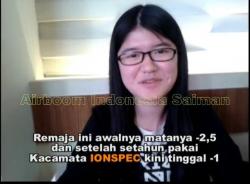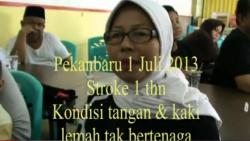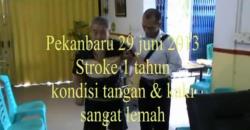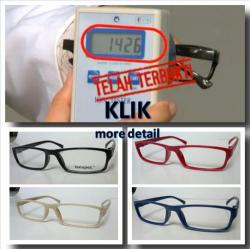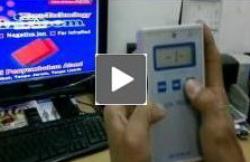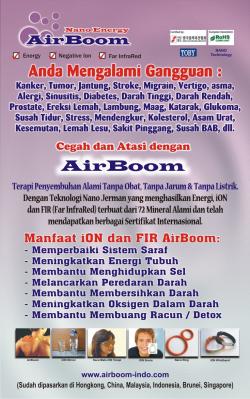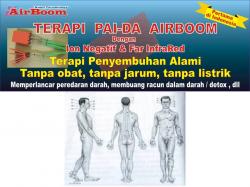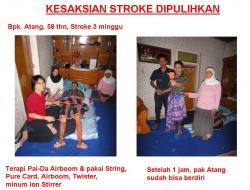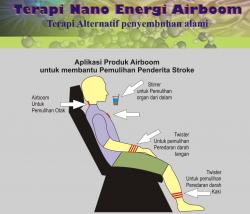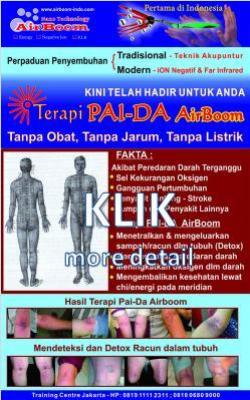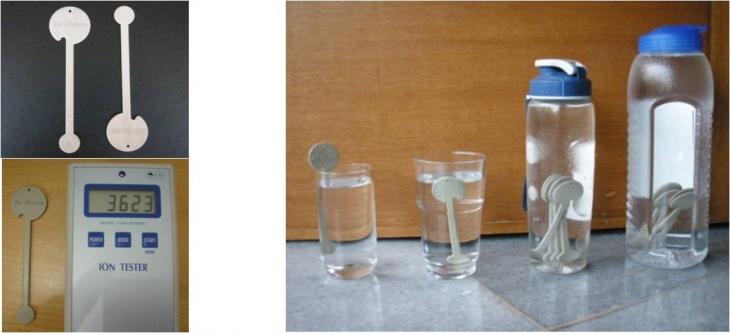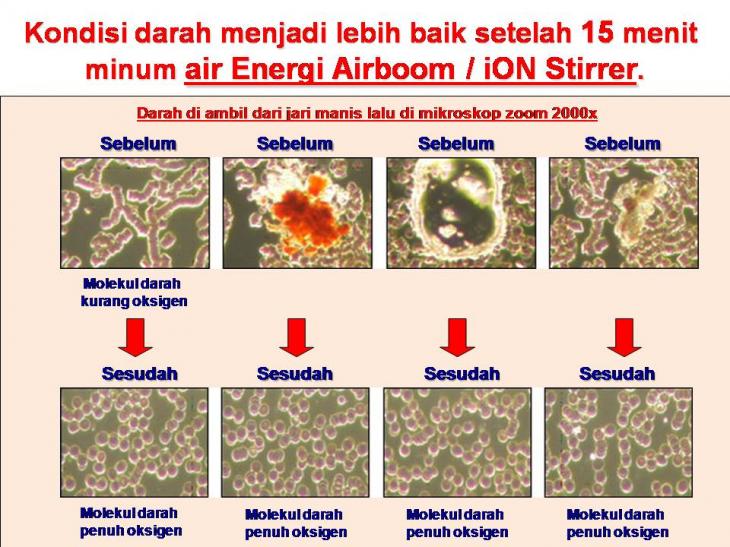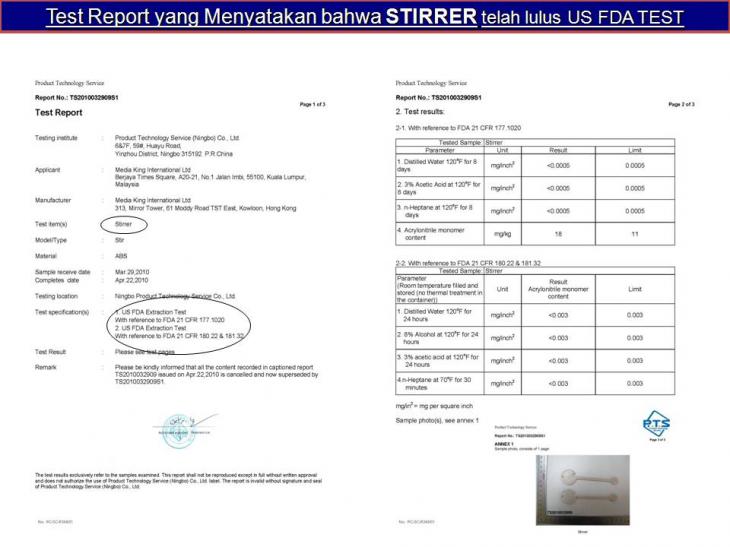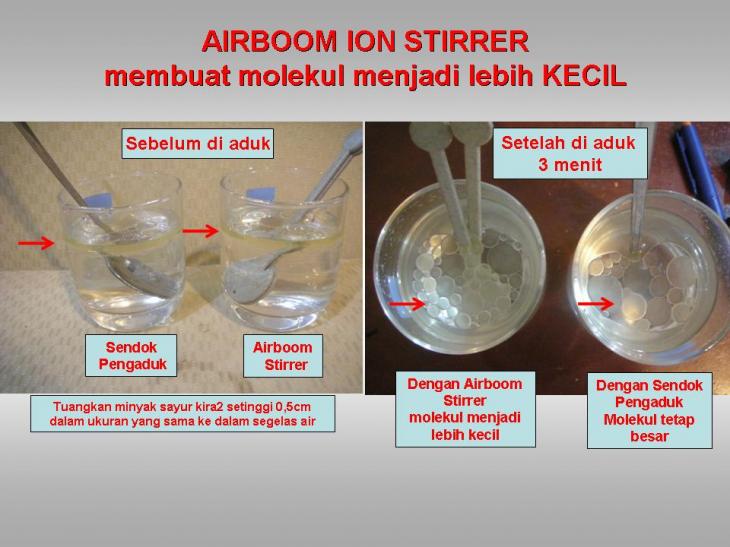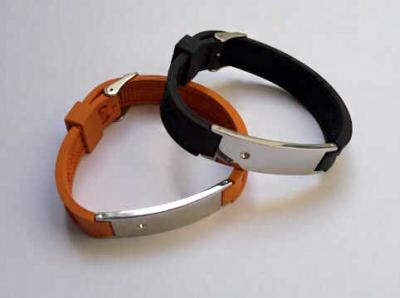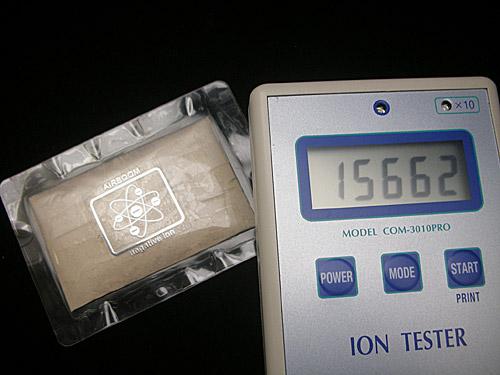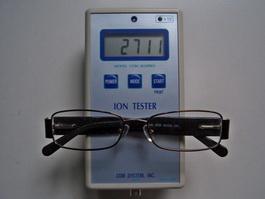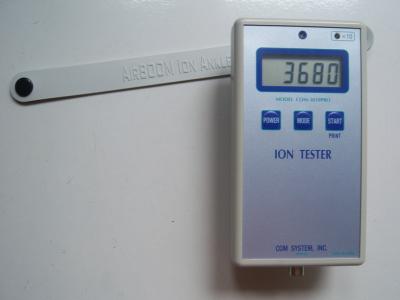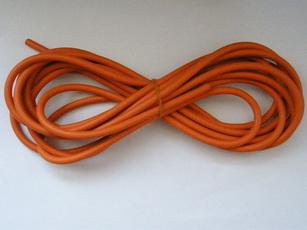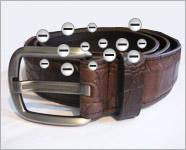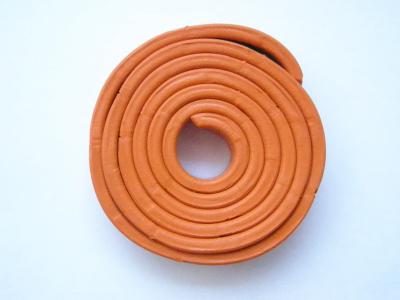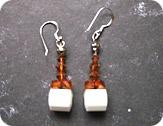Ion Energy Stirrer ( Pengaduk Ion ) ( 8 pcs / box )
Rp 875.000,00
|
iON Stirrer akan Memecah klaster molekul Air dan Oksigen menjadi lebih KECIL dan PADAT, sehingga LEBIH mudah di serap tubuh & Far InfraRednya menyebabkan getaran dengan molekul air, mengionisasi dan MENGAKTIFKAN molekul air, sehingga membuat AIR BERENERGI.
iON Stirrer Bermanfaat untuk : 1.Membantu detoksifikasi dan keseimbangan tingkat pH tubuh 2.Meningkatkan oksigen dalam darah dan menghindari dehidrasi 3.Meningkatkan sirkulasi darah dan tingkat metabolisme tubuh 4.Membantu melancarkan BAB dan masalah pencernaan 5.Membuat tubuh tidak mudah lelah, meningkatkan konsentrasi 6.Membantu melarutkan gula dalam tubuh bagi penderita diabetes 7.Membantu menurunkan tingkat kolesterol / asam urat setelah sekitar 2-4 bulan 8.Mencuci wajah setiap hari dengan iON Stirrer akan membuat kulit wajah menjadi lebih halus dan lembut
Cara pakai iON Stirrer : * Untuk Hasil Maksimal Minum air iON Stirrer 2,5 liter setiap hari * Satu minggu sekali iON Stirrer dan botol boleh di cuci. * Jika air iON Stirrer di tuang / di pindah ke gelas, maka maksimal dalam 15 menit air sudah harus di minum habis, jika lewat maka air akan kembali menjadi molekul standard, kecuali 1 pc iON Stirrer di celupkan ke dalam gelas maka air bebas di minum kapan saja..

|
||||||||||||||||||||||||||||||||||
|
|
||||||||||||||||||||||||||||||||||
|
||||||||||||||||||||||||||||||||||
|
|
||||||||||||||||||||||||||||||||||
| Water Molecule and Science | ||||||||||||||||||||||||||||||||||
 Absorption spectra of gaseous, liquid and solid water Absorption spectra of gaseous, liquid and solid waterThe water absorption spectrum is very complex. Water's vapor spectroscopy has been recently reviewed [348]. The water molecule may vibrate in a number of ways. In the gas state, the vibrations [607] involve combinations of symmetric stretch (v1), asymmetric stretch (v3) and bending (v2) of the covalent bonds with absorption intensity (H216O) v1;v2;v3 = 0.07;1.47;1.00 [8]. The stretch vibrations of HD16O refer to the single bond vibrations, not the combined movements of both bonds. |
||||||||||||||||||||||||||||||||||
|
||||||||||||||||||||||||||||||||||
| After Drinking Airboom Energy Water | ||||||||||||||||||||||||||||||||||
|
||||||||||||||||||||||||||||||||||
 Early 5-point molecular models, with explicit negative charge where the lone pairs are purported to be, fared poorly in describing hydrogen bonding, but a recent TIP5P model shows some promise. Although there is no apparent consensus of opinion [116], such descriptions of substantial sp3-hybridized lone pairs in the isolated water molecule should perhaps be avoided, as an sp2-hybridized structure (plus a pz orbital) is indicated. This rationalizes the formation of (almost planar) trigonal hydrogen bonding that can be found around some restricted sites in the hydration of proteins and where the numbers of hydrogen bond donors and acceptors are unequal. Early 5-point molecular models, with explicit negative charge where the lone pairs are purported to be, fared poorly in describing hydrogen bonding, but a recent TIP5P model shows some promise. Although there is no apparent consensus of opinion [116], such descriptions of substantial sp3-hybridized lone pairs in the isolated water molecule should perhaps be avoided, as an sp2-hybridized structure (plus a pz orbital) is indicated. This rationalizes the formation of (almost planar) trigonal hydrogen bonding that can be found around some restricted sites in the hydration of proteins and where the numbers of hydrogen bond donors and acceptors are unequal.
Note. This cartoon of water does not represent its actual outline, which is more rotund. |
||||||||||||||||||||||||||||||||||
AirBoom iON Wristband03...
Rp. 600,000Ion Pure Card ( Bubuk I...
Rp. 5,000,000Ion Glass05 - Adult (Fr...
Rp. 1,080,000Ion Energy Ankle Band ...
Rp. 420,000Ion Nano String ( Kabel...
Rp. 2,808,000Ion Belt Jeans Brown ( ...
Rp. 1,404,000Ion Twister Thin Pack (...
Rp. 875,000Ion Crystal Earring ( A...
Rp. 486,000




